#astronomy
#astronomy
[ follow ]
#exoplanets #supermoon #lunar-eclipse #james-webb-space-telescope #space-exploration #meteor-showers
US politics
fromwww.independent.co.uk
5 days agoWinter solstice celebration at Stonehenge draws thousands of costumed revelers
Thousands gathered at Stonehenge to celebrate the winter solstice sunrise, honoring ancient solar alignments tied to agricultural calendars and marking the Northern Hemisphere's shortest day.
fromwww.nytimes.com
5 days agoThis City's Best Winter Show Is in Its Pitch-Dark Skies
In the days leading up to the winter solstice, amber streetlights switch on ever earlier as dusk falls over Flagstaff, Ariz., casting the city in a soft, warm hue. Longer nights mean even more time to spend under hundreds of stars and the cloudy swath of the Milky Way galaxy, which are visible even from the city's downtown. Spectacular views of the night sky are a given for the more than 77,000 residents of the world's first and largest dark sky city,
Science
fromwww.theguardian.com
5 days agoThere's a new space race will the billionaires win?
If there is one thing we can rely on in this world, it is human hubris, and space and astronomy are no exception. The ancients believed that everything revolved around Earth. In the 16th century, Copernicus and his peers overturned that view with the heliocentric model. Since then, telescopes and spacecraft have revealed just how insignificant we are. There are hundreds of billions of stars in our galaxy, the Milky Way, each star a sun
Science
fromBig Think
1 week ago10 solstice facts for everyone to know
This December, like every December, will include a single moment - often marked by a particular day, which is December 21st here in 2025 - where our planet's axial tilt is perfectly aligned with the invisible line connecting the Earth to the Sun. In December, it's the northern hemisphere's pole that's tilted away from the Sun, while the southern hemisphere's pole is tipped towards it; in June, the opposite situation is true.
Science
fromwww.independent.co.uk
2 weeks agoGeminid meteor shower: When and where to see hundreds of shooting stars in UK tonight
Whether it's investigating the financials of Elon Musk's pro-Trump PAC or producing our latest documentary, 'The A Word', which shines a light on the American women fighting for reproductive rights, we know how important it is to parse out the facts from the messaging. At such a critical moment in US history, we need reporters on the ground. Your donation allows us to keep sending journalists to speak to both sides of the story. The Independent is trusted by Americans across the entire political spectrum. And unlike many other quality news outlets, we choose not to lock Americans out of our reporting and analysis with paywalls.
US politics
Science
fromDesign You Trust - Design Daily Since 2007
2 weeks agoSpectacular Winning Images of the Royal Society Publishing Photography Competition 2025
The 2025 Royal Society Publishing Photography Competition revealed scientific wonders through striking images spanning Astronomy, Behaviour, Earth Science, Ecology, and Microimaging.
fromBig Think
4 weeks agoAsk Ethan: What's the point of exploring the Universe?
There are some major problems facing humanity in the 21st century, and they're all going to require an enormous investment of our collective resources if we want to solve them. From climate change to global pandemics to the energy and water crises and more, none of these problems are going to solve themselves. If they're to be solved at all, it's going to come down to humanity's collective actions.
Science
fromFuncheap
1 month agoChabot Space & Science Center's Winter Fest
WinterFest December 20th - 21st | 10AM-5PM FREE for Members, $24 Adults, $19 Children (2-12) and Seniors (65+) Step into a world of icy planets and faraway galaxies this winter at Chabot! With festive tunes and a variety of interactive activities blending science and seasonal cheer, this is a celebration you won't want to miss! Disclaimer: Please double check event information with the event organizer as events can be canceled, details can change after they are added to our calendar, and errors do occur.
Science
fromwww.theguardian.com
1 month agoBill Bryson: Ever since I was a little boy, I have pretended to be able to vaporise people I don't like'
Get out and walk! I mean, maybe not through the outback, but if you're in any of the cities, walk. I do that wherever I go. And I love to just go off and explore without knowing where I'm going, without a map or any preconceived ideas. I think it's the best way to discover a place, and it has the great virtue that if you turn a corner say in Sydney and there's suddenly the Harbour Bridge, you feel as if you've discovered it.
Science
fromFuncheap
2 months agoAstronomy on Tap: Stars + Science w/ Local Astronomers (SF)
Astronomy on Tap is is a public lecture series where astronomers give short, laid-back talks over drinks at local bars. No background in science required - our scientists share cool stuff about space while the audience just sits back and relaxes, with plenty of time to indulge their curiosity and ask whatever questions they want. This month, we're hosting: John Franklin Crenshaw, PhD - Warning: objects in mirror are farther than they appear! Dark Energy and the expansion of the universe.
Science
Science
fromwww.theguardian.com
3 months agoDon't look up: how Trump's deregulation drive could obscure the stars and threaten our access to space
Rapid expansion of commercial satellite constellations, led by SpaceX's Starlink, is crowding low Earth orbit and disrupting astronomy, environment, and celestial visibility.
fromBustle
3 months agoThe Spiritual Meaning Of This Year's Autumnal Equinox
Big energetic shifts are in the air, as September not only coincides with the powerful magic of eclipse season, but it also heralds in the autumnal equinox, which is the first official day of fall here in the Northern hemisphere. In 2025, this celestial event takes place on Sept. 22, and it serves as the exact midpoint between the summer and winter solstices.
Mindfulness
fromwww.bostonherald.com
4 months agoScientists get a rare peek inside of an exploding star
Scientists for the first time have spotted the insides of a dying star as it exploded, offering a rare peek into stellar evolution. Stars can live for millions to trillions of years until they run out of fuel. The most massive ones go out with a bang in an explosion called a supernova. Using telescopes that peer deep into space, researchers have observed many such explosions. The cosmic outbursts tend to jumble up a dying star's layers, making it hard for scientists to observe the inner structure.
Science
fromNature
4 months agoSmall, affordable undergraduate research programmes changed my career and strengthen US science. Why cut them?
In the summer of 1999, I was a 19-year-old with an interest in astronomy, but no real idea of what I wanted to do with my life - then I saw my first total solar eclipse.
Science
fromFuturism
4 months agoCongressperson Urges NASA to Send Its Jupiter Probe Chasing in Pursuit of the Weird Visitor Coming From Interstellar Space
"The close encounter of 3I/ATLAS to Jupiter provides a rare opportunity to shift Juno from its current orbit around Jupiter to intercept the path of 3I/ATLAS at its closest approach to Jupiter."
Science
fromwww.scientificamerican.com
5 months agoBehold, the First-Ever Images of an Alien Solar System Being Born
The James Webb Space Telescope and ALMA have observed the protostar HOPS-315, revealing the early moments of planetary creation in a protoplanetary disk about 1,400 light-years away in Orion.
Science
[ Load more ]

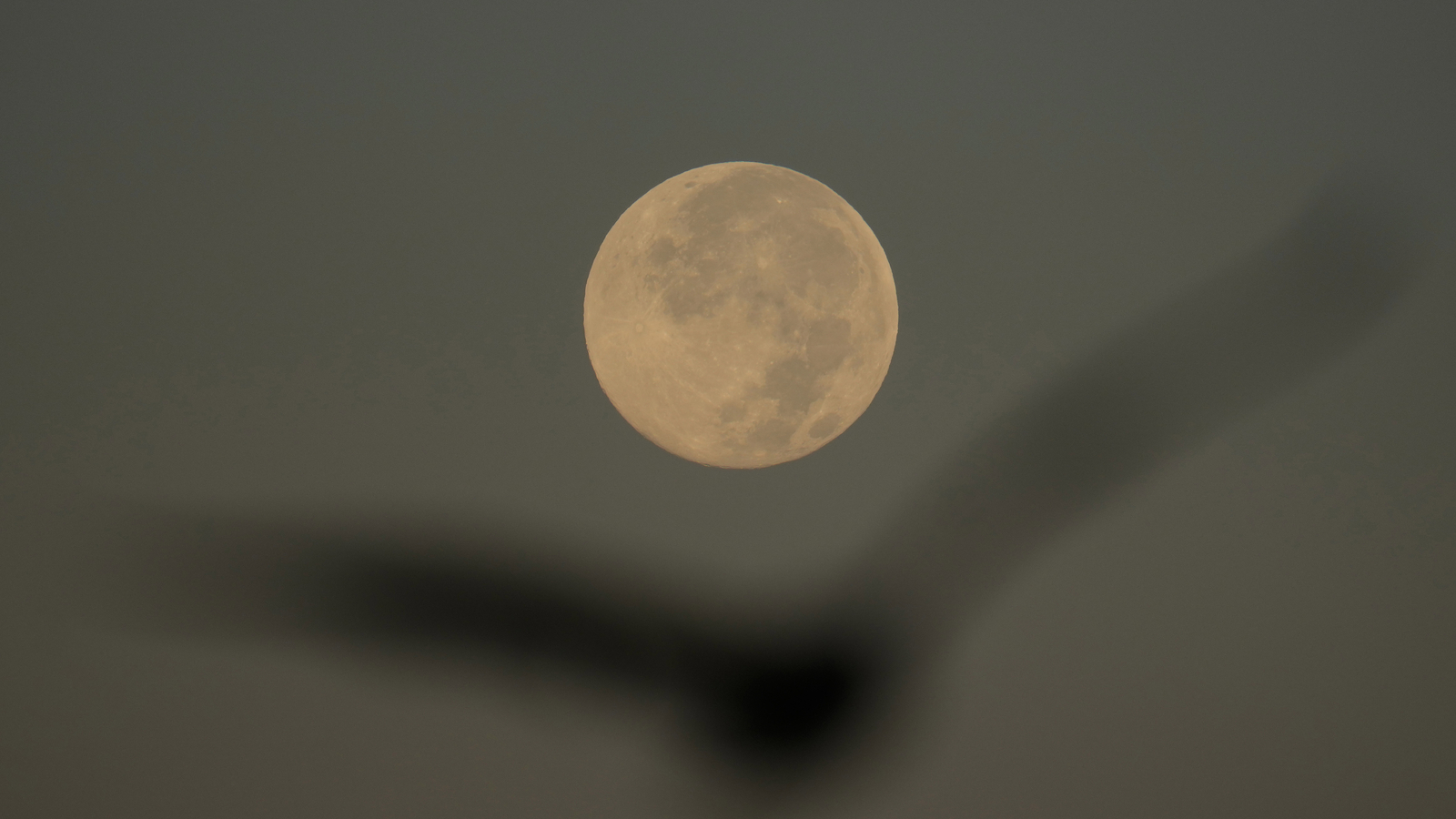

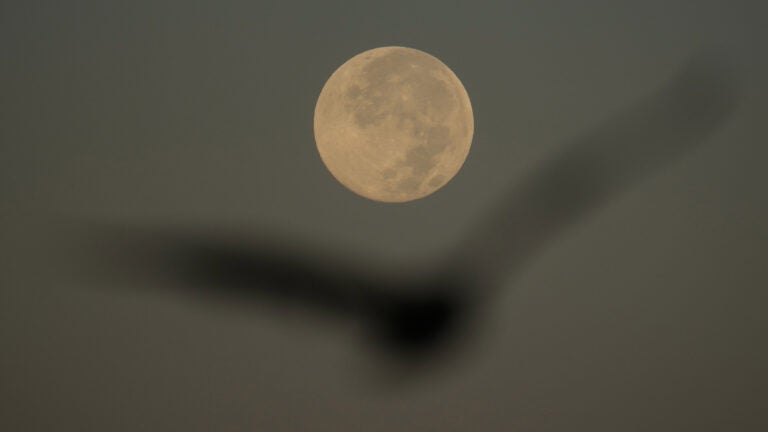

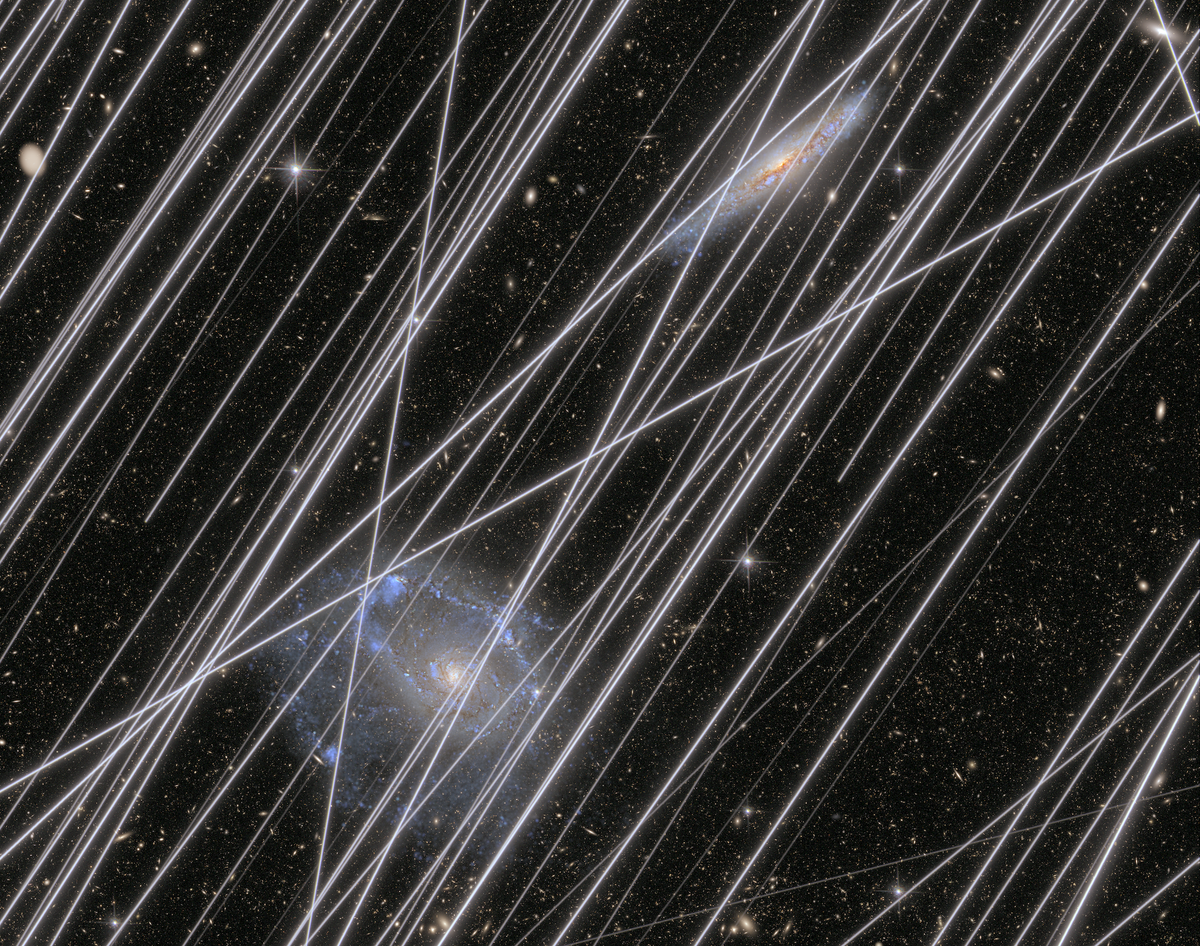
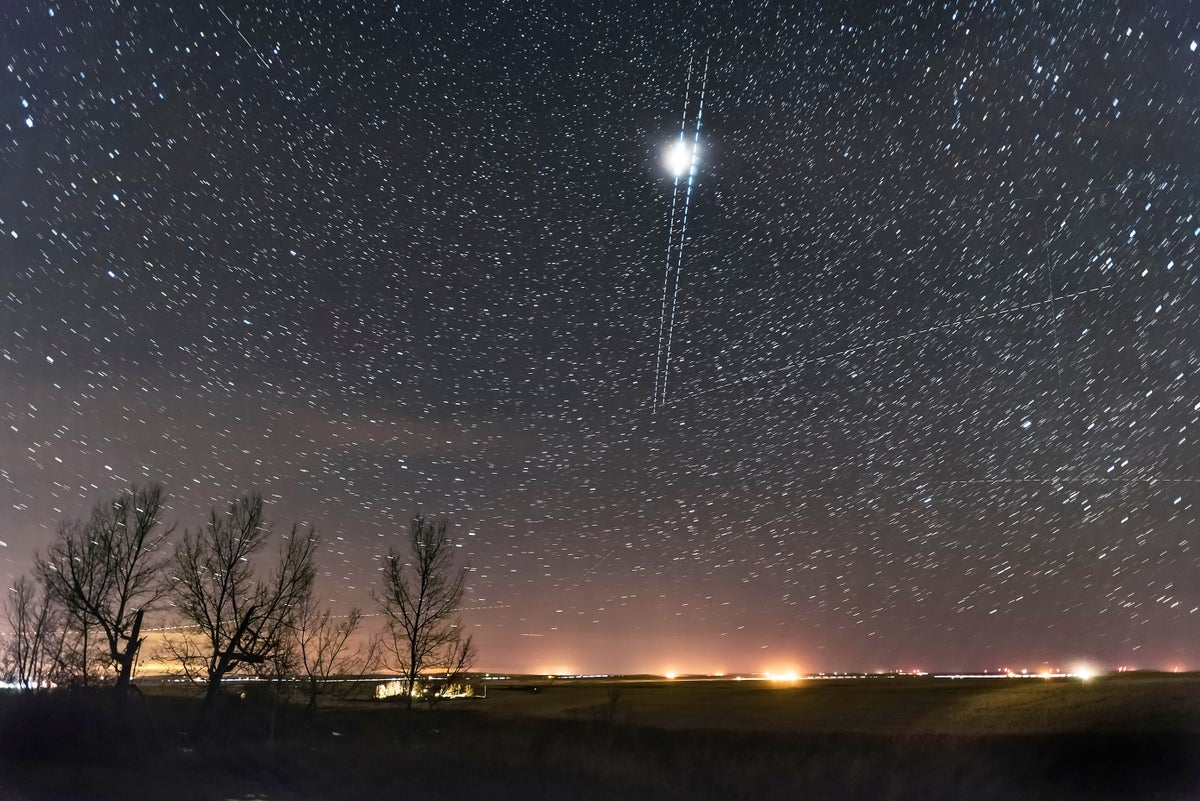
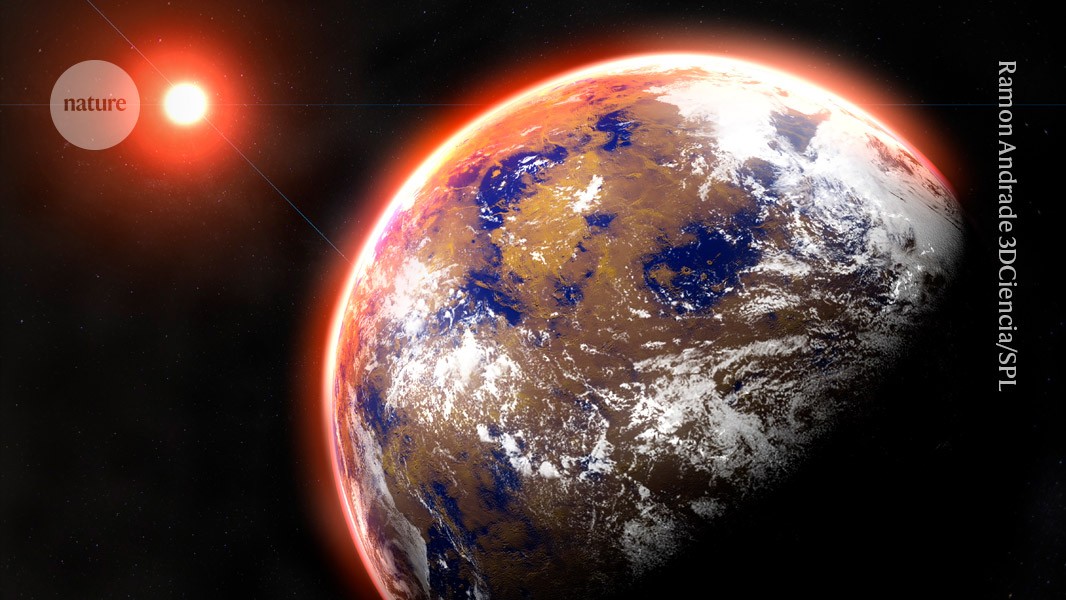


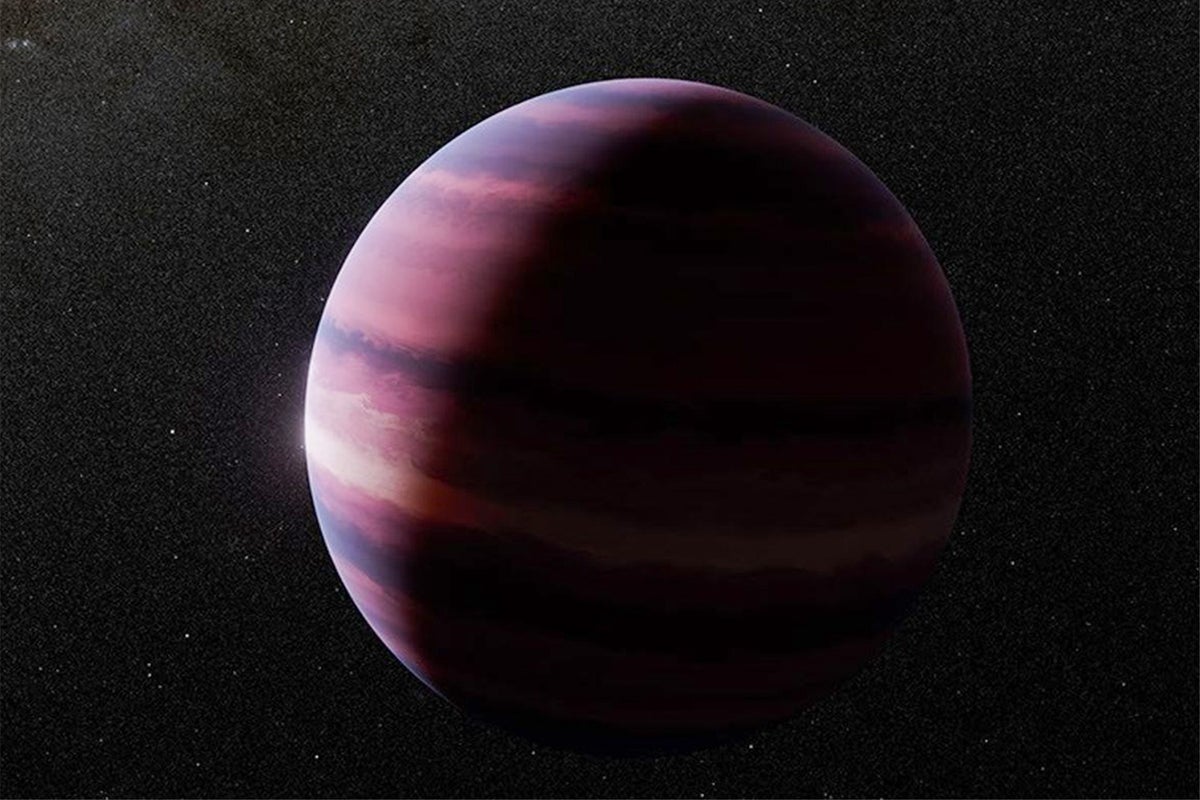
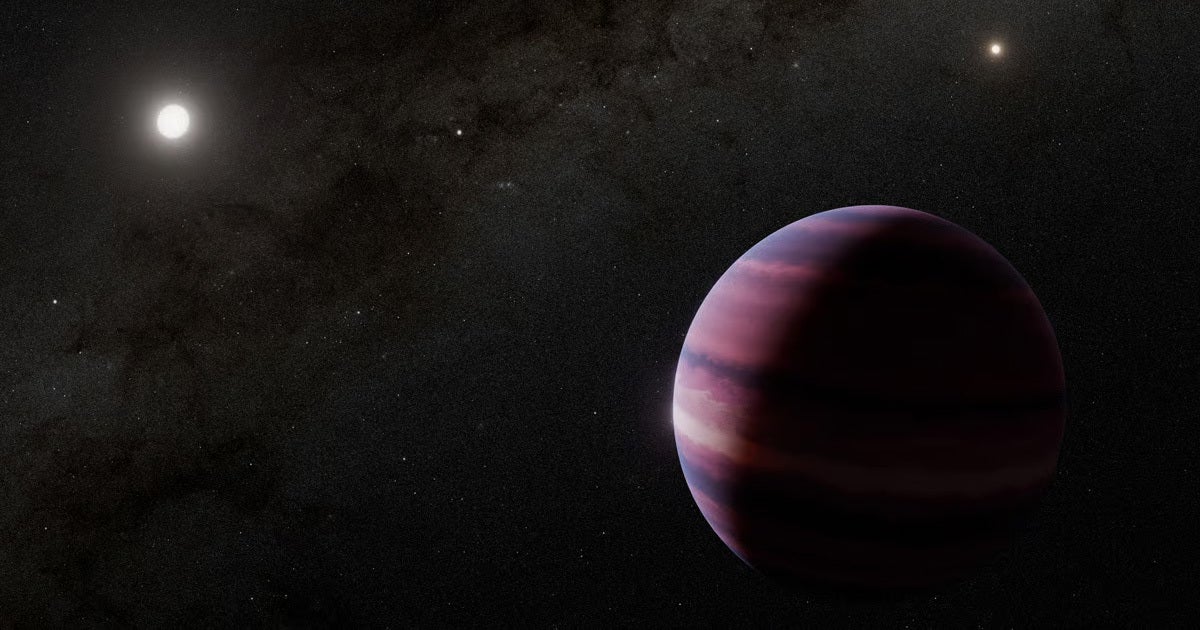


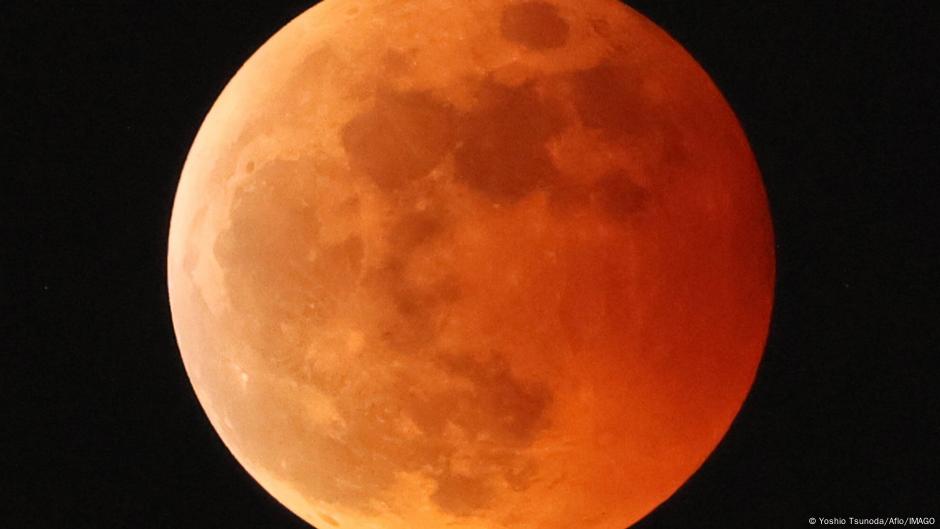


:max_bytes(150000):strip_icc()/TAL-blood-moon-lunar-eclipse-BLDMOONECLIPSE0825-88cdeae05e144e39bbde471dc691bc9a.jpg)
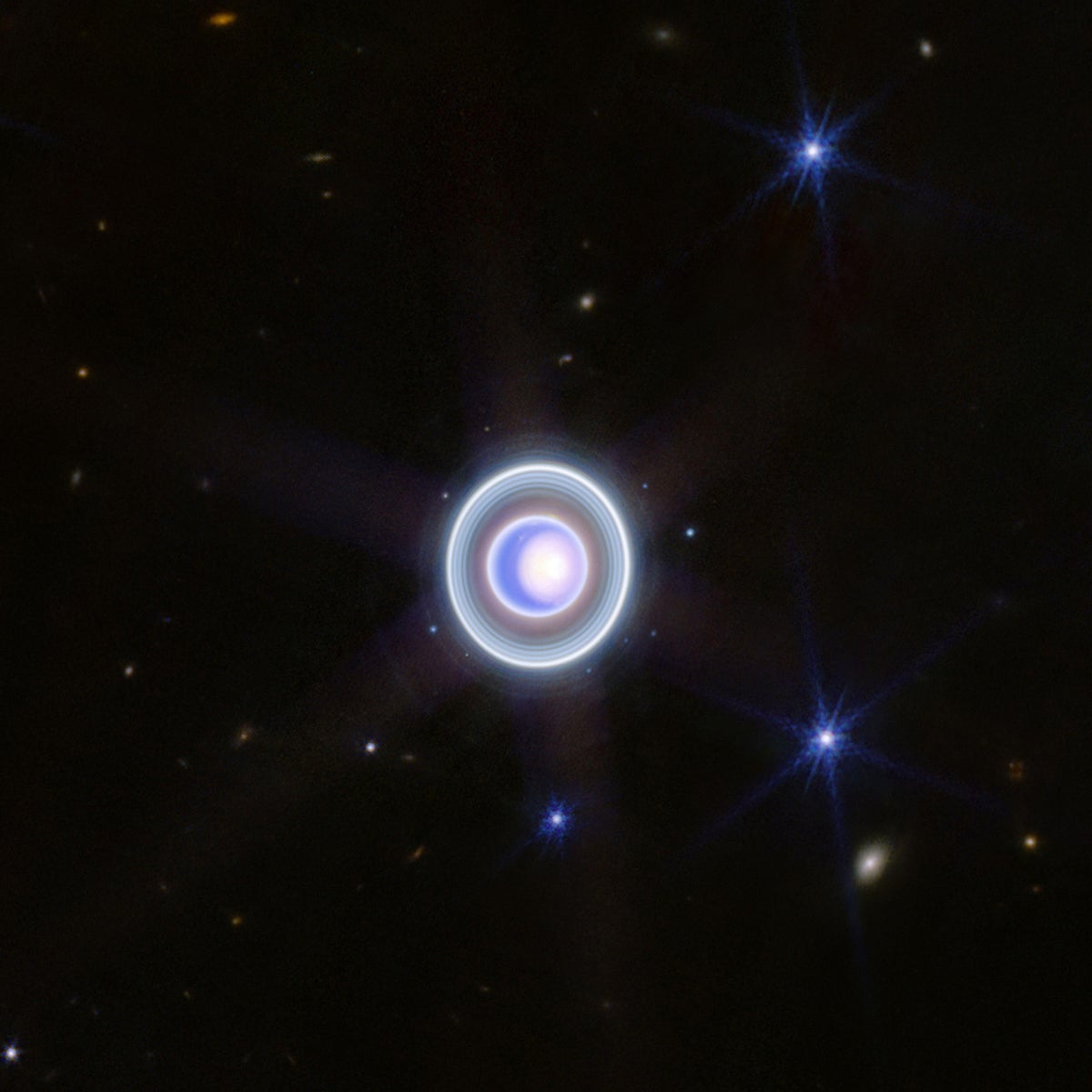

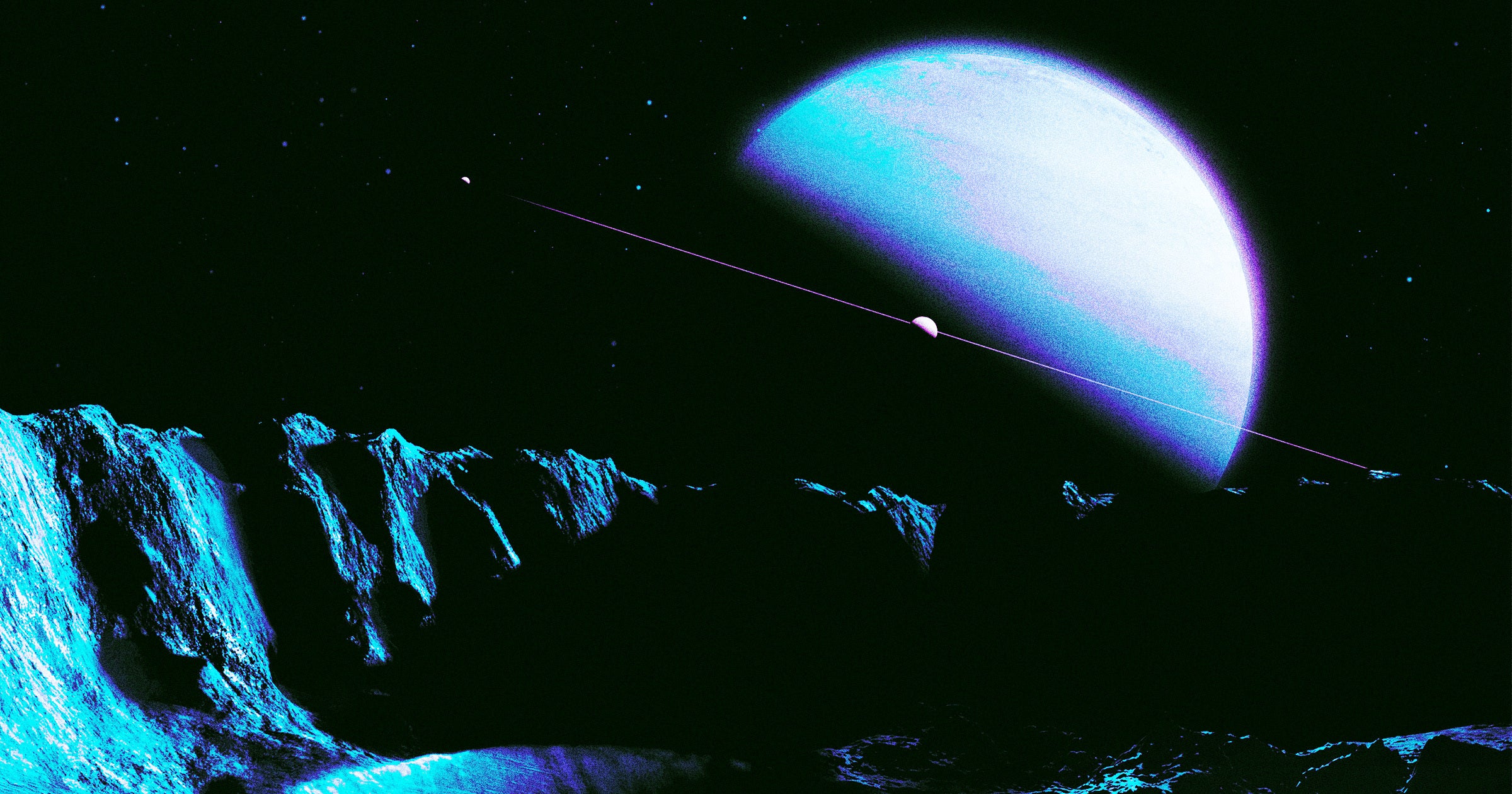
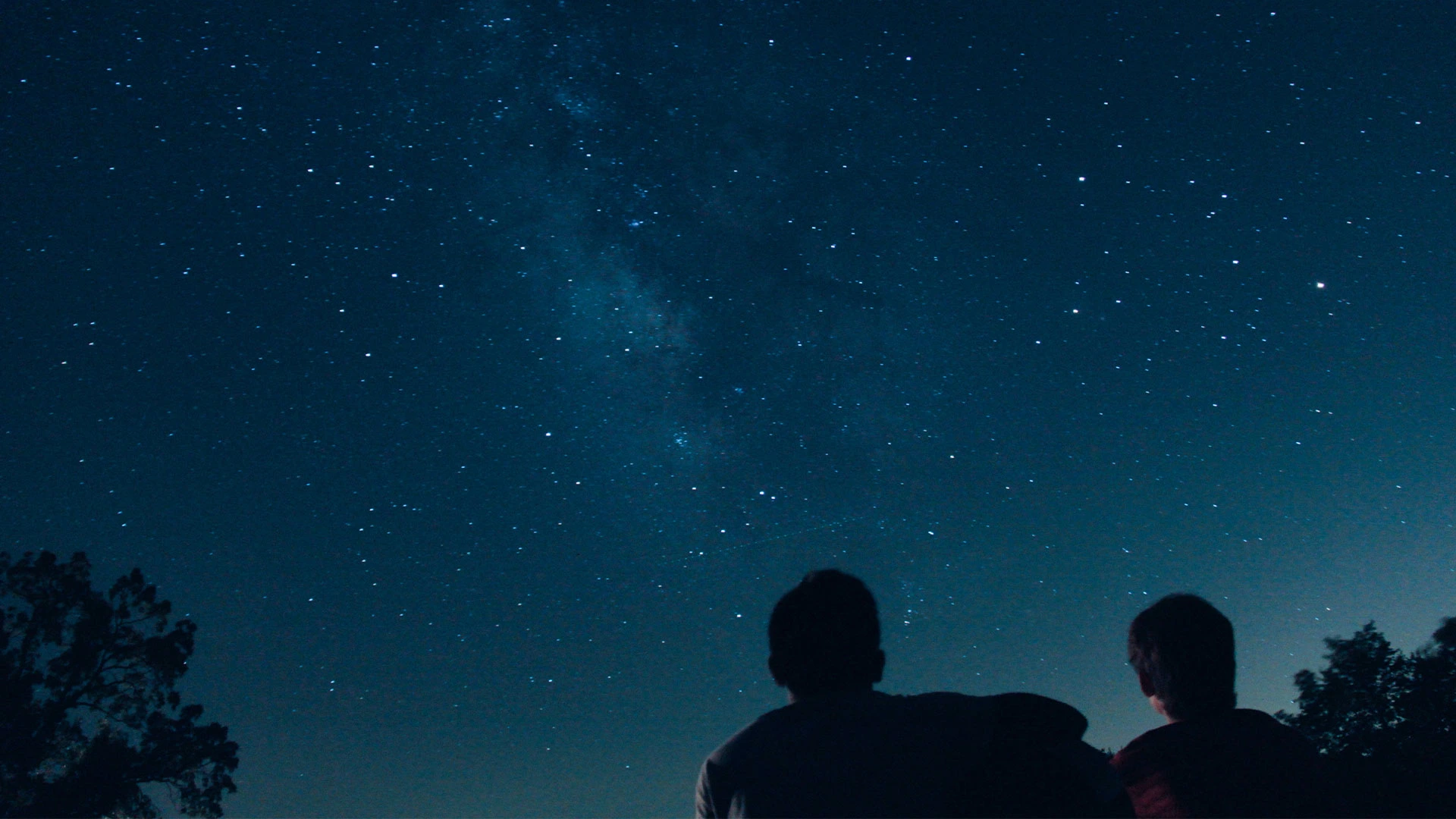


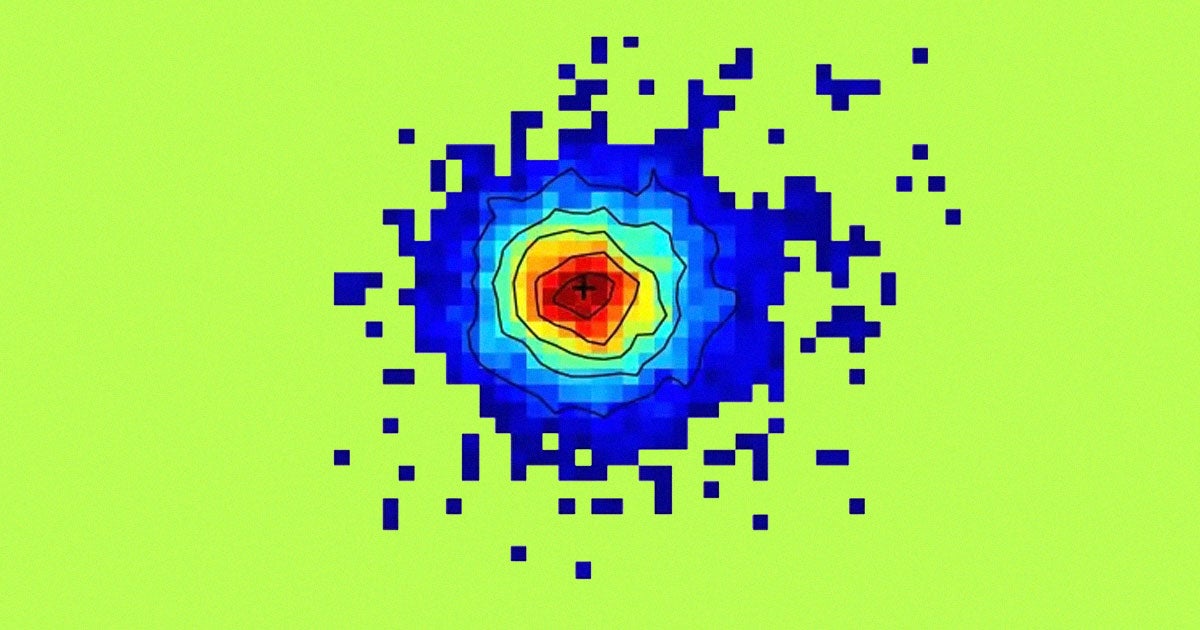
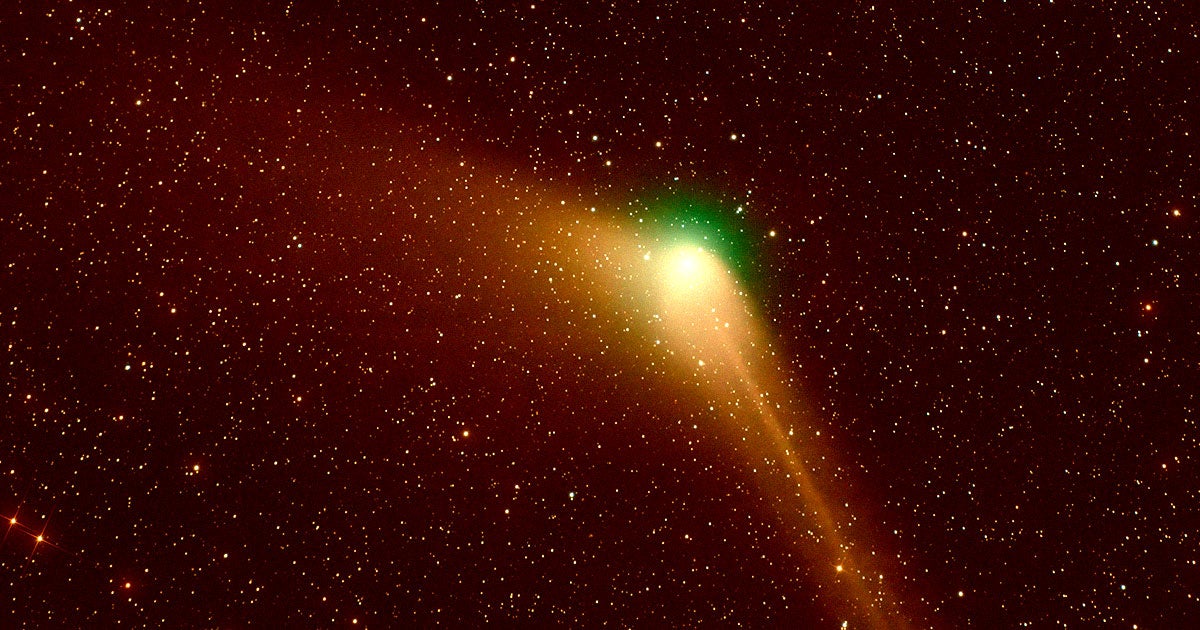
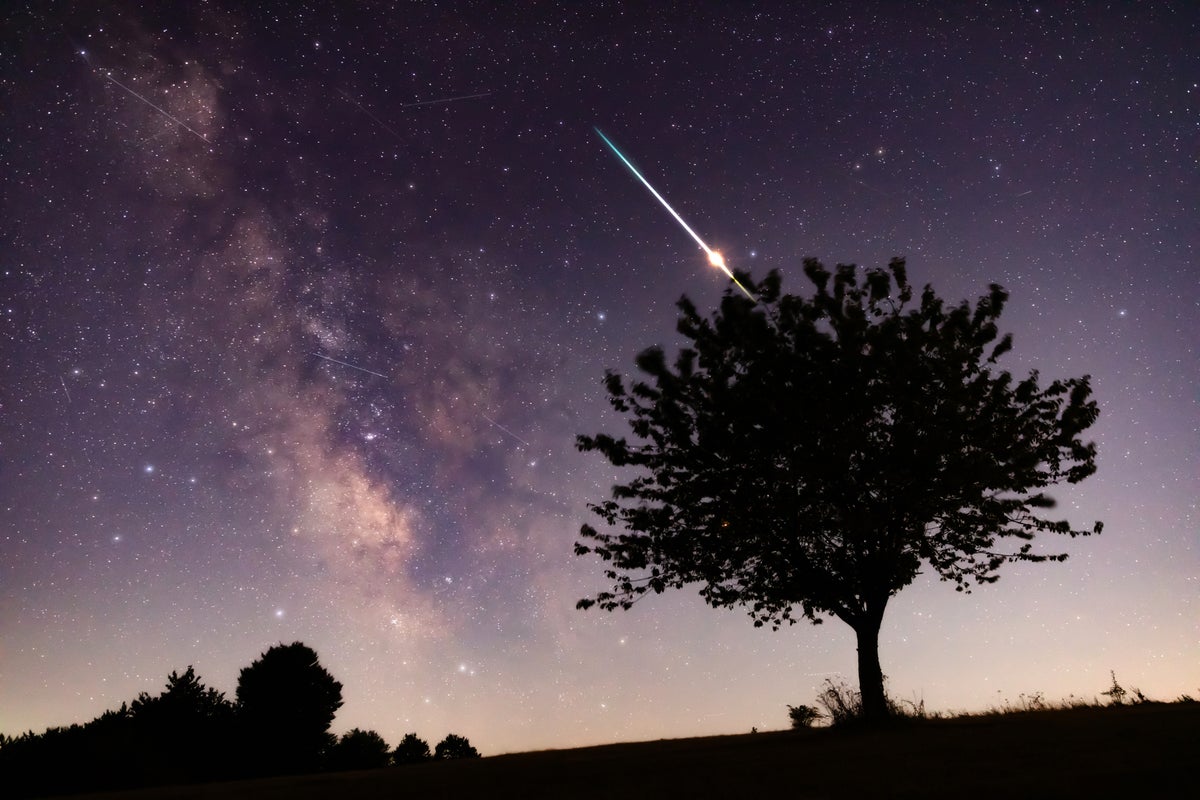




:max_bytes(150000):strip_icc()/TAL-perseids-meteor-shower-PERSEIDSSHWR0825-a581a2e26e834a88bc4c7a4c2ace3663.jpg)















